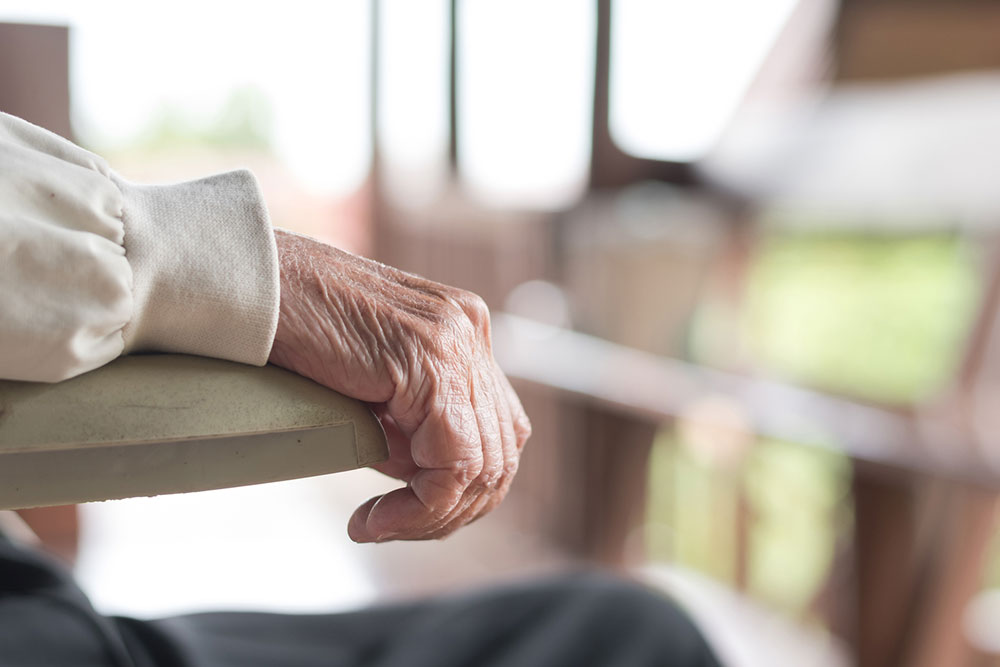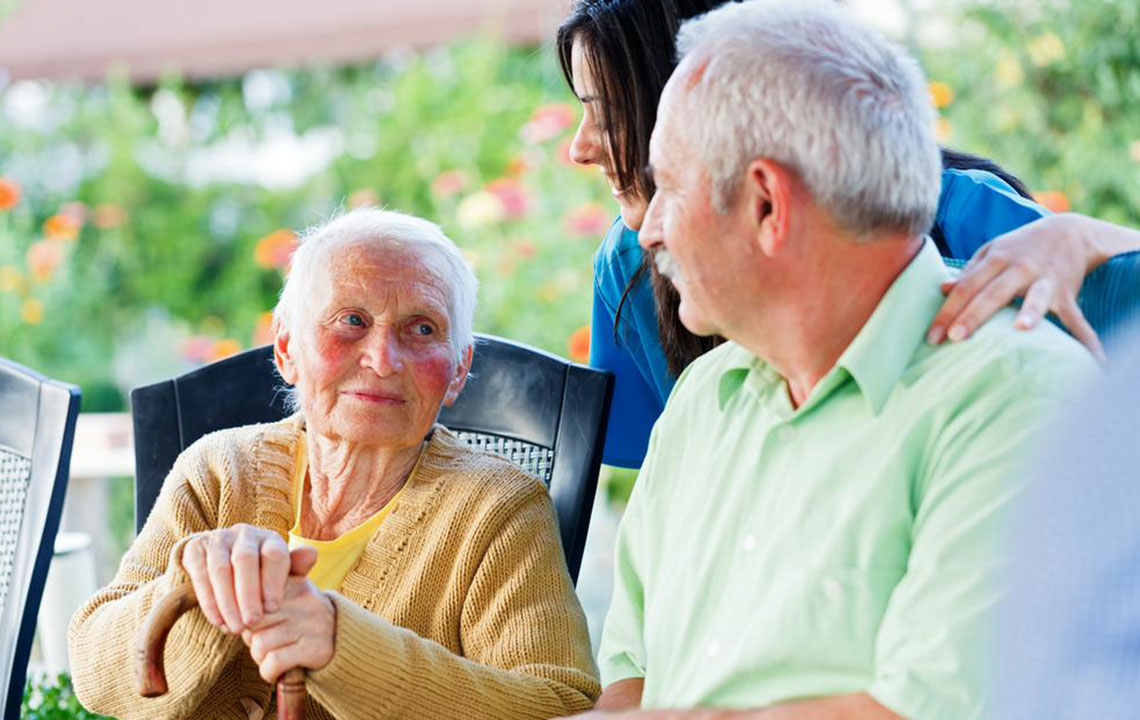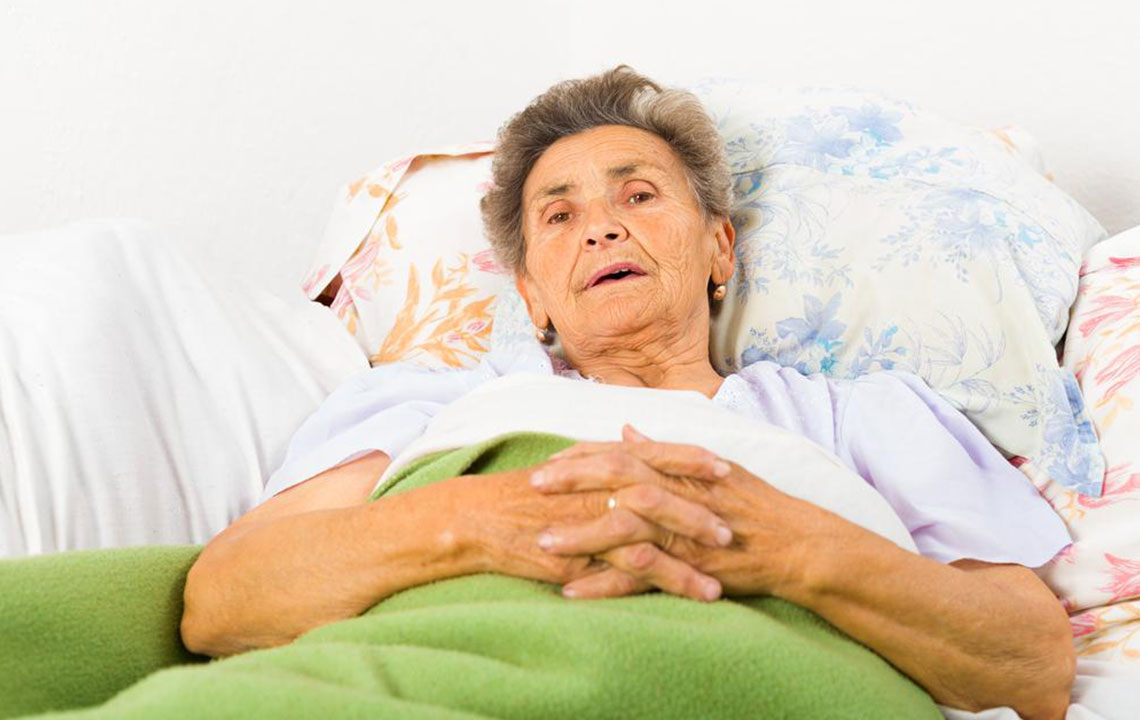Comprehensive Guide to Parkinson’s Disease: Symptoms, Progression, and Life Expectancy
This comprehensive guide explores Parkinson’s disease, detailing its symptoms, progression through five stages, and lifespan expectations. It emphasizes the importance of early diagnosis and multidisciplinary management to improve quality of life. Covering both motor and non-motor symptoms, the article offers insights into living with Parkinson’s and highlights advancements in treatment options that help prolong independence. Whether newly diagnosed or managing long-term symptoms, understanding the disease enables better care strategies, fostering hope and resilience for patients and caregivers alike.

Comprehensive Guide to Parkinson’s Disease: Symptoms, Progression, and Life Expectancy
Parkinson’s disease is a complex, progressive neurological disorder that primarily affects movement and motor control functions in the body. This condition arises due to the degeneration of nerve cell sheaths within the brain, leading to a significant reduction in dopamine production. Dopamine, a vital neurotransmitter, plays a crucial role in coordinating smooth, controlled movements. When dopamine levels decrease, individuals experience a range of motor and non-motor symptoms that can vary in severity as the disease advances.
Typically, Parkinson’s disease is diagnosed in individuals age 50 and above, although cases in younger adults—referred to as early-onset Parkinson’s—do occur, albeit less frequently. The progressive nature of the disease means that symptoms tend to worsen over time, impacting quality of life significantly. Despite its progression, many patients with Parkinson’s can expect to live a normal or near-normal lifespan, especially with proper management and early diagnosis.
Understanding the stages of Parkinson’s is essential for patients, caregivers, and healthcare providers to manage expectations and optimize treatment strategies. The disease generally unfolds over five distinct stages, each characterized by increasing challenges related to mobility, independence, and overall health.
Stage One: Initial Symptoms and Slight Impairments
At this early stage, symptoms are often subtle and may go unnoticed. Mild tremors, slight changes in posture, and minor gait alterations are common. Tremors are usually confined to one side of the body and may occur sporadically. Many individuals continue their daily routines without significant disruption. Since symptoms are minimal, life expectancy remains unaffected at this stage, and diagnosis may depend on careful observation or medical assessment.
Stage Two: Progressive Symptoms and Bilateral Involvement
As the disease advances into stage two, symptoms become more apparent and affect both sides of the body. Postural instability, facial masking (reduced facial expressions), and distinctive changes in walking patterns emerge. Fine motor skills, such as handwriting and buttoning shirts, may become more challenging. While independence remains largely intact, tasks that were once routine may take longer. Early intervention with medication and therapy remains effective, helping patients manage symptoms effectively to preserve quality of life.
Stage Three: Significant Impact on Daily Functionality
This is considered a critical phase where symptoms substantially interfere with daily routines. Balance difficulties increase, raising the risk of falling. Reflexes slow down, and there may be increased stiffness and slowness in movements—clinical signs often called bradykinesia. Patients in this stage typically maintain some independence but require behavioral modifications and medical support. With the right medications and physical therapy, many manage to retain a good quality of life, although the disease's impact becomes more pronounced.
Stage Four: Severe Disability and Dependence
Movement becomes increasingly restricted, often requiring assistance with daily activities. Wearable mobility aids such as walkers or wheelchairs may become necessary. Muscle rigidity, tremors, and stiffness can become debilitating, making routine tasks like dressing, eating, and personal hygiene quite challenging. Patients usually need comprehensive support and caregivers' assistance. Though they may still retain some degree of independence, their overall mobility and self-care significantly decline. Advanced medical interventions and adaptive devices become vital for managing symptoms at this stage.
Stage Five: Complete Dependency and Severe Impairment
The final and most severe stage involves total dependence on caregivers. Motor functions are critically impaired, with profound stiffness, rigidity, and cognitive decline often setting in. Hallucinations, sleep disturbances, and behavioral changes are common. Patients may lose the ability to stand or walk unaided and require full-time care. The risk of complications such as pneumonia, infections, and falls increases, which can affect overall life expectancy. Although living with Parkinson’s at this stage is challenging, many individuals continue to receive supportive care aimed at improving comfort and managing symptoms.
In addition to movement-related issues, Parkinson’s disease impacts a person’s mental, emotional, and biological health. Non-motor symptoms can be just as debilitating as motor symptoms and often include fatigue, constipation, speech and swallowing difficulties, loss of sense of smell, sleep disturbances, anxiety, depression, cognitive impairment, and memory problems. The complexity of these symptoms complicates disease management and requires a comprehensive, multidisciplinary approach.
While diagnosis and management of Parkinson’s present continuous challenges, advancements in medical research, therapies, and support systems have improved the quality of life for many patients. The disease is not necessarily fatal, but complications such as falls, pneumonia, and cognitive decline can influence lifespan and overall health outcomes. Early diagnosis, medication adherence, lifestyle modifications, and regular medical consultations are essential in prolonging life expectancy and enhancing well-being.
Living with Parkinson’s requires a holistic approach that combines medical treatment, psychological support, physical therapy, and social engagement. Support groups and caregiver education also play vital roles in helping patients adapt and maintain independence as much as possible. As ongoing research continues to explore potential cures and advanced therapies, hope remains high for better management and potential future breakthroughs in Parkinson’s disease care.





